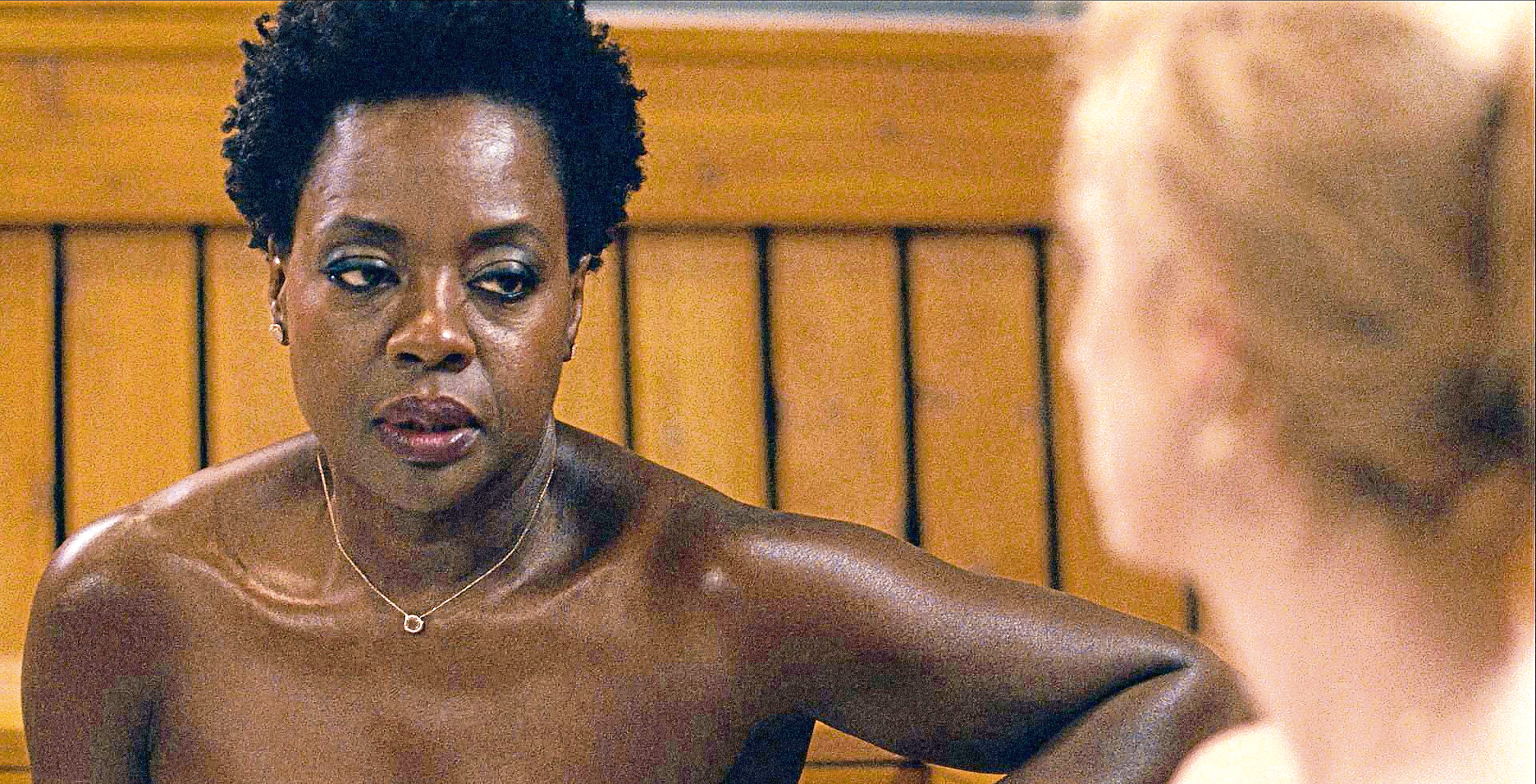
MANY of us remember Widows, the Lynda La Plante TV series from the 80s.
Now the tale of a group of women brought together to pull off a heist after the deaths of their criminal husbands in a robbery has been skilfully updated by director Steve McQueen to contemporary Chicago.
The lead is played by Viola Davis, who won her first Oscar almost two years ago.
Much has changed in Hollywood since then and that is reflected in the film as it tells a story not just about women who have been underestimated, undermined or abused who are taking control of their lives, but also about race, class and politics.
“It came at the right time, when people are ready to receive it,” says Davis.
“As opposed to 10 or 15 years ago when they would’ve been like, ‘What?’.
“I always say that art and movies reflect the times anyway. And certainly that’s the case with this movie.”
Davis plays Veronica Rawlins, a woman left to pick up the pieces of her life after her career criminal husband is killed in a disastrous robbery.
He left elaborate plans for another heist and she endeavours to finish the job herself, recruiting the widows of his co-conspirators.
Moving the action to modern Chicago gave McQueen the chance to explore issues of race that don’t exist in the original British series.
“Race is such a huge part of our culture, the same way that sexism is,” says Davis.
“And I love the way that the film explores that in a way that’s seamless. The way the N-word just comes out of the politician’s mouth as if they’re nothing.
“People are dehumanised without batting an eye and yet in the midst of all that you have a love story, which is me and Harry Rawlins, my on-screen husband, played by Liam Neeson, and that seems to be right.
“That looks like life to me, that’s sort of like it is. On one hand we’re saying that some people are better than others, we’re treating people as less than equal, and at the same time we find each other and we love each other.
“And I think at some point in life, maybe not in my time, we will understand that we’re all the same.”
This struck Davis most when she and Neeson were filming scenes in bed together, as she says: “It was nice and I’m thinking of the racial implications of it.
“I know people can roll their eyes but something needs to be said about it, really.
“Because at what point in the history of cinema have you seen someone who looks like me and someone who looks like Liam Neeson in bed together, kissing, romantic, in love, married?”
Davis was also struck by how much of the story was about women cleaning up the messes of men.
“I think that it reflects the truth,” she says.
“I think that is kind of the unspoken language – that we do clean up a lot of the mess.
“You have a lot of mums leading the families after the man has left it and ruins it.
“And I love that these women take ownership of their lives. I mean they do it in a way that’s very messy, that maybe is not very likeable, but the objective is to now own themselves and to heal. I love that.”
Widows (15) is in cinemas now.

Enjoy the convenience of having The Sunday Post delivered as a digital ePaper straight to your smartphone, tablet or computer.
Subscribe for only £5.49 a month and enjoy all the benefits of the printed paper as a digital replica.
Subscribe